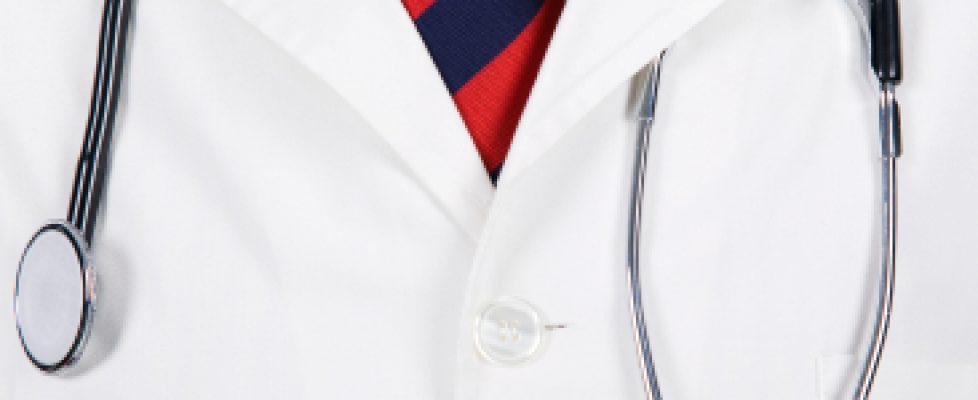Remote Medical Monitoring Reduces Admissions in Heart Disease
Remote monitoring technology boosting better patient engagement and reducing hospital readmission rates, it’s a win-win situation in healthcare.
September 11, 2015 by Vera Gruessner
Remote medical monitoring is becoming more mainstream across the healthcare industry in this country. Often, patients with heart disease benefit from having monitoring equipment available in their home so their doctors can track their health while at the hospital. These technologies have alarms that warn nurses of potential cardiovascular issues a patient may have.
Remote medical monitoring equipment has helped one 78-year-old patient reside at home and receive appropriate care, according to The Wall Street Journal. The University of Pittsburgh Medical Center sent the patient a wireless router, pressure cuffs, and a meter to track the elderly man’s blood pressure and blood-oxygen levels.
“I don’t have to do anything other than use the equipment,” Richard Setzenfandhad, a 78-year-old retired accountant, spoke about the benefits of remote medical monitoring.
The remote medical monitoring equipment helped the cardiologist change the dosage of two heart medications to better treat the patient at hand. Such technology is able to reduce the need for a patient to make an appointment with his doctor or visit the emergency room.
Hospitals that have adopted pilot programs using remote medical monitoring technology have seen significant improvements in patient health outcomes. Essentially, doctors and nurses are able to find cardiovascular problems through remote medical monitoring equipment before they grow too serious.
Along with heart failure patients, diabetes as well as asthma are also common conditions that remote medical monitoring technology can track from afar. Hospitals using these systems seem to report lower readmission rates among its patient communities.
“This system has made such a big change in my asthma,” David Hogben, a 44-year-old San Diego resident, told the source.
Under meaningful use requirements, the Centers for Medicare & Medicaid Services have been focused on reducing hospital readmission rates and have even reduced reimbursement among healthcare systems with high readmission rates. In order to reduce medical costs and improve outcomes, remote monitoring technology would be a vital resource to invest in.
“We are under considerable pressure all around to deliver better outcomes and keep costs down,” Ravi Ramani, director of the Integrated Heart Failure Program at the University of Pittsburgh Medical Center, or UPMC, told The Wall Street Journal. “What we’re trying to do is use technology [in order to succeed in these goals].”
The remote monitoring market is also gaining strength. Sales of this equipment are predicted to reach $32 billion this year. Additionally, Kalorama Information predicts an annual growth rate of 9.2 percent from 2014 to 2019.
One issue, however, of developing this type of remote medical monitoring programs is the potential lack of reimbursement from health insurers. Providers are often unable to take in the costs of the equipment necessary to track heart failure patients remotely. Some physicians have also complained about the excess of patient data that makes it difficult to determine overall health status, The Wall Street Journal reported.
Nonetheless, these type of programs help educate patients on their conditions and engage them in ways to monitor their diet and exercise more closely. Often nurses help better prepare patients in medication management before allowing them to be tracked via remote monitoring technology at home.
“We see patients for only 15, 20 minutes at a time, but there is so much more that goes on in patients’ lives, so we are trying to be out there with patients, at their homes, at their workplaces and in their communities [through remote monitoring],” Parag Agnihotri, director of the Continuum of Care programs at Sharp HealthCare’s Sharp Rees-Stealy Medical Group in San Diego, told the news source.

